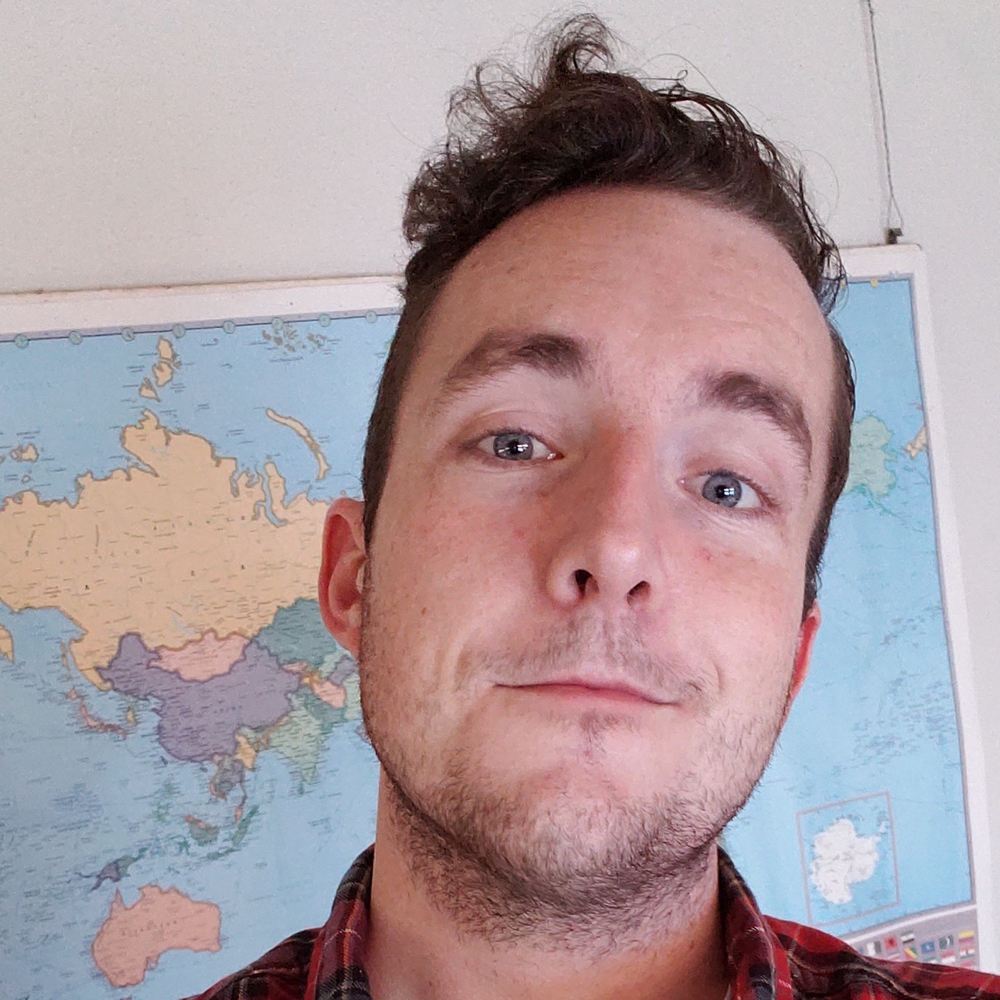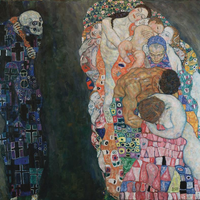More about Antonio da Correggio
Works by Antonio da Correggio

Contributor
Antonio da Correggio, born Antonio Allegri, is another classic example of a white male artist to whom history has given a lot more credit than was due.
For a long time, art historians believed that Antonio was a self-taught genius who manifested his artistic talent from nowhere in the middle of a poverty stricken artistic vacuum. This has been found to likely be untrue, as it seems he had an uncle who was an artist of some talent, moreover his first works seem to take great inspiration from classicism artists like Francesco Francia. So no, he was not in fact some Renaissance-era Thornton Dial Sr., but there is a good reason for this misconception. It seems that there was very little written about Correggio in his time. Moreover, one of the more significant accounts of his life was written by Giorgio Vasari, and there is no evidence to indicate that Vasari was ever able to talk to anyone who knew Correggio in real life.
Additionally, it was disproven that Correggio was raised in abject poverty. His father, while not entirely rich, was a landowner, and after he died Correggio’s father was able to come up with a sizable dowery when his granddaughter (or Correggio’s daughter) got married. Actually, the only fact that we know about him that has really stood the test of time was that he was apparently a very melancholy, lonesome individual, which probably explains why so little information on him has survived.
While he wasn’t the spontaneous genius that his original legend set him up to be, he was a man of considerable skill. He not only painted a number of masterpieces, but he is also responsible for a number of church ceilings across northern Italy. He was known for his mastery of a technique called sfumato (an extremely subtle blending of tones) and his style would be later imitated by Baroque artists. So he is by no means someone to be disregarded, but like many artists, his legend has become greater than his life.
Sources
- Ekserdjian, David “Correggio” Yale University Press 1997 https://books.google.com/books?hl=en&lr=&id=CUjedUBL1I0C&oi=fnd&pg=PP13… pg. 1 pg.
- Web Contributor “BIOGRAPHY OF CORREGGIO (ANTONIO ALLEGRI)” antoniodacorreggio.org viewed on 02/03/2020 https://www.antoniodacorreggio.org/biography.html
- Web Contributor “ Correggio and Parmigianino: Master Draftsmen of the Renaissance” The Met viewed on 02/03/2020 https://www.metmuseum.org/exhibitions/listings/2001/correggio-and-parmi…
Featured Content
Here is what Wikipedia says about Antonio da Correggio
Antonio Allegri da Correggio (August 1489 – 5 March 1534), usually known as just Correggio (/kəˈrɛdʒioʊ/, also
UK: /kɒˈ-/,
US: /-dʒoʊ/,
Italian: [korˈreddʒo]), was an Italian Renaissance painter who was the foremost painter of the Parma school of the High Renaissance, who was responsible for some of the most vigorous and sensuous works of the sixteenth century. In his use of dynamic composition, illusionistic perspective and dramatic foreshortening, Correggio prefigured the Baroque art of the seventeenth century and the Rococo art of the eighteenth century. He is considered a master of chiaroscuro.
Check out the full Wikipedia article about Antonio da Correggio














